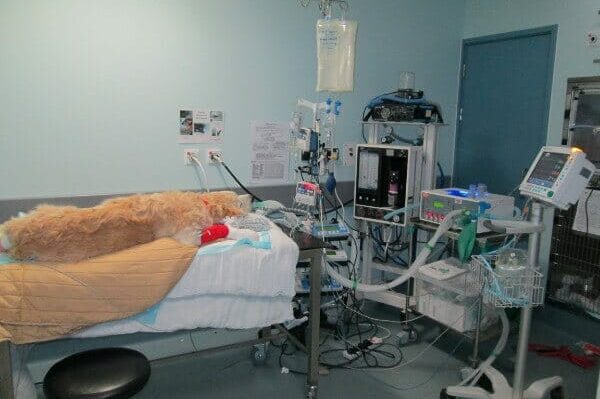Colette Jolliffe
BVetMed, CertVA, DipECVAA, FRCVS
European and RCVS Recognised Specialist in Veterinary Anaesthesia and Analgesia, Anderson Moores Veterinary Specialists
CPD with this Speaker
august

Course Details
Week 1 Preparation, Priorities and Checklists Patient safety The anaesthesia plan and patient priorities Preparation and checklists Learning objectives After completion of this week, participants should be able to: Understand
Course Details
Week 1
Preparation, Priorities and Checklists
Patient safety
The anaesthesia plan and patient priorities
Preparation and checklists
Learning objectives
After completion of this week, participants should be able to:
Understand how preparation and use of checklists improve patient safety
Prepare individual anaesthesia plans for sick patients and/or complex procedures
Understand how to prioritise important considerations
Understand how to prepare the patient and equipment to minimise harmful delays and mistakes
Construct and use relevant patient safety checklists
Week 2
Ventilation, Capnography and Neuromuscular Blockade
Physiology of spontaneous and controlled ventilation
Ventilators
Capnography
Neuromuscular blockade
Learning objectives
After completion of this week, participants should be able to:
Understand in which situations it is appropriate to use controlled ventilation
Understand how to set up a ventilator and what all the buttons do!
Understand the physiology and technology of capnography
Understand how to interpret different capnograph traces
Understand how to use and monitor neuromuscular blocking drugs
Week 3
Advanced Monitoring and Cardiovascular Support
Physiology of heart rate and blood pressure
The electrocardiogram
Measuring blood pressure
Treating hypotension and arrhythmias
Learning objectives
After completion of this week, participants should be able to:
Have a better understanding of ECG interpretation and when to worry
Understand how to interpret blood pressure measurements
Understand when and how to treat common arrhythmias
Understand different ways of treating hypotension
Week 4
Perioperative Analgesia
Analgesic drugs in the peri-anaesthetic period
Multimodal analgesia
Analgesic infusions
Using local anaesthetic techniques
Learning objectives
After completion of this week, participants should be able to:
Have an understanding of the pharmacology of analgesic drugs
Understand which drugs are useful in which situations
Select and prepare analgesic drugs for intravenous infusions
Understand and select appropriate local anaesthetic techniques for different procedures
The course will be fully tutored by Colette Jolliffe and will consist of 10 hours of CPD given in various formats, including tutorials, tasks, case studies, forum discussions and quizzes. This course is tutored for 4 weeks, followed by a two week extension of untutored ‘catch up’ time, before the course officially ends.
All delegates will then have unlimited lifetime access to the learning material for future reference
Time
August 12 (Monday) - September 6 (Friday)
Location
Online
Speaker
Colette JolliffeBVetMed, CertVA, DipECVAA, FRCVS European and RCVS Recognised Specialist in Veterinary Anaesthesia and Analgesia, Anderson Moores Veterinary Specialists


